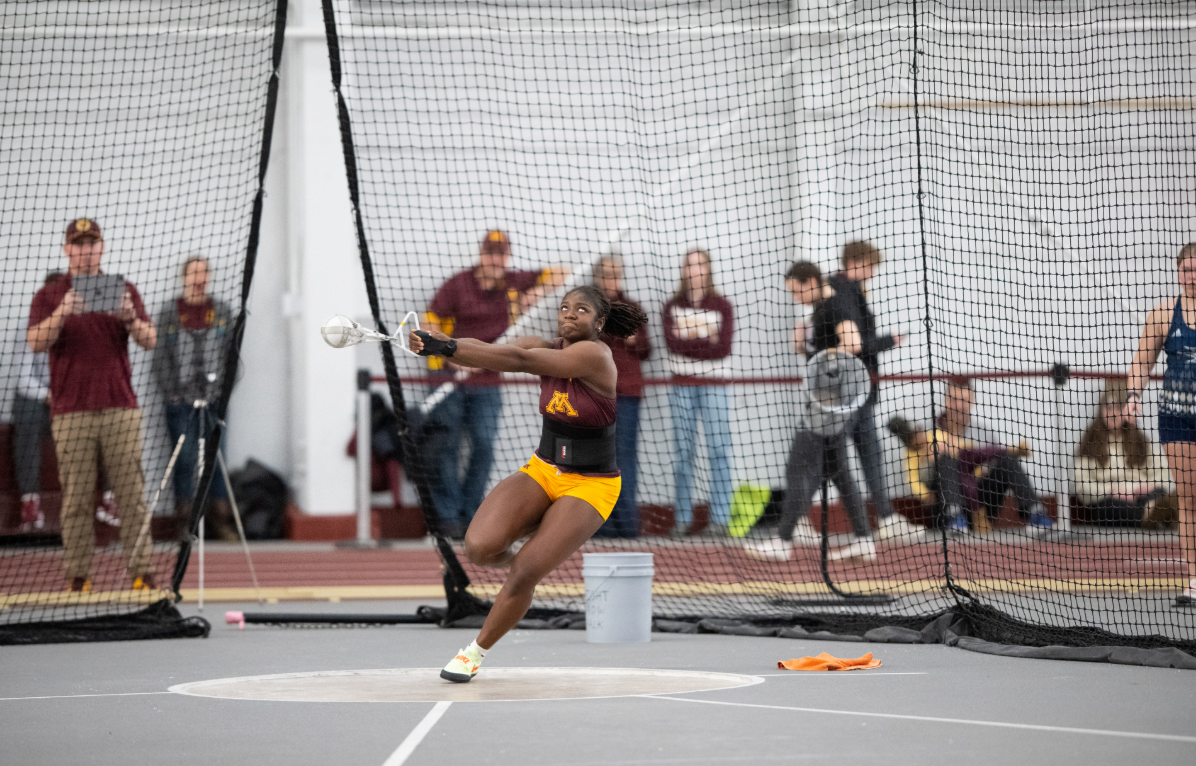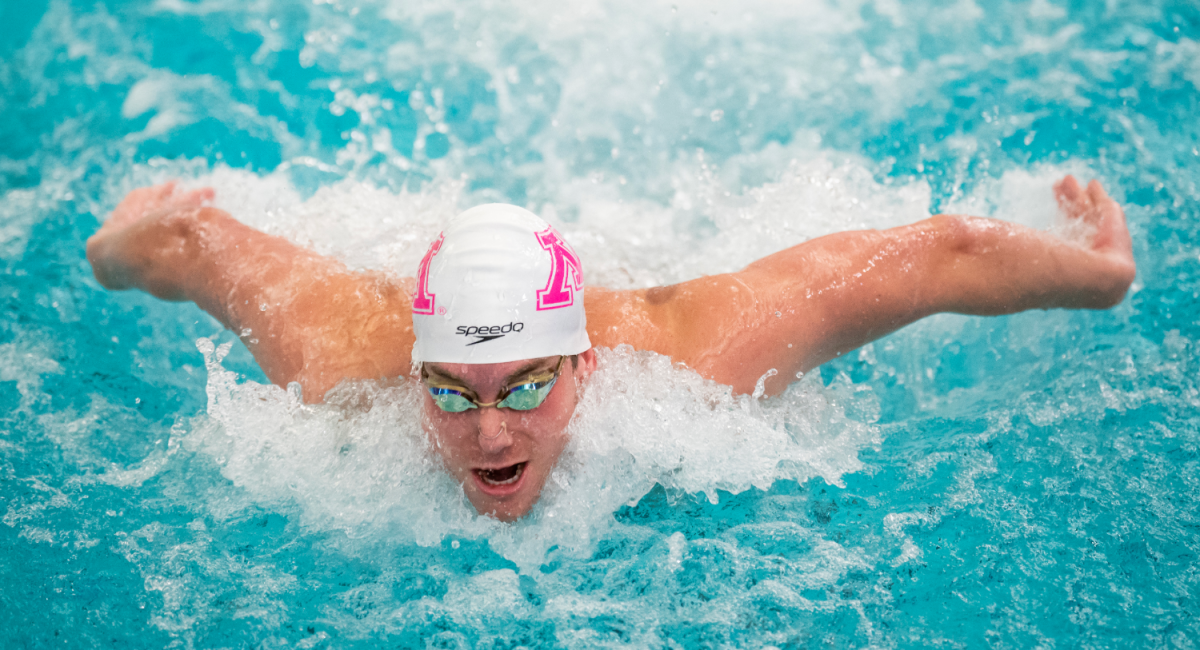The University of Minnesota has placed inside the top 20 of the Division I Learfield Director’s Cup for the first time since 2010.
Gophers Athletics finished 18th in the competition, where Minnesota women’s teams accounted for nearly 58 percent of the Gophers points.
“Even though I think outside our department people think that our department wasn’t real successful, so many of our teams think it was a pretty special year,” said Brad Frost, head coach of the women’s hockey team, which won the national championship this past season.
The Directors’ Cup recognizes athletic department success on a pre-determined, point-based system. Up to 20 sports can be represented in the final rankings.
Minnesota totaled 891.75 points in the rankings overall, with women’s sports bringing in 516.75 points over the men’s 375.
Success in the postseason was especially crucial in the points that the women’s teams received. Women’s hockey brought in the biggest number of any sport, with 100 points for its second consecutive national title season.
“Certainly the success of the women’s programs in our department is huge,” Frost said. “For our program in particular, we take a lot of pride in that, and we are really proud of the season that we had and the points that we could gain for our department.”
Women’s volleyball was the next biggest points contributor. The team made it to the Final Four for the first time since 2009 and won its first Big Ten Championship since 2002.
The team’s successful run earned the department 83 points toward its Directors’ Cup total.
“Of course we feel great about it,” said Hugh McCutcheon, women’s volleyball head coach. “It was a great year in the department with a lot of successful teams, so hopefully we can build on that.”
Other women’s sports that received significant point totals were cross country, soccer, gymnastics, swimming, softball and track and field.
McCutcheon said strong coaching and dedicated athletes are just a few of the many factors that contributed to the University’s results.
“It’s a culmination of a lot of things. It’s a lot of work from a lot of people,” McCutcheon said. “It’s great to not only do it the right way but get the results.”
The Directors’ Cup rankings are separated into three segments throughout the year: fall, winter and spring. At the conclusion of all spring sports, each school’s final tally is posted and then ranked.
Both men’s and women’s sports found the most success in the winter season; both brought in more than 200 points each, highlighted by strong performances by both gymnastics and swimming, as well as the women’s hockey team. Men’s hockey and basketball received no points.
Four women’s teams also earned Big Ten conference or conference tournament wins during the year. The men’s team fell behind with just two from hockey and baseball.
Despite the women’s teams coming up with big numbers on paper, McCutcheon said that the success of the athletic department is still a collective effort by all involved.
“You know, we’re all in this together,” he said. “It’s very much a reflection of all of us, not just one team or another.”







